Among the main benefits of carob is its function to lower blood glucose levels and regulate the cardiovascular system.
Also, the fiber it contains regulates intestinal transit and fights constipation.
It also strengthens the immune system.
On the other hand, properties are attributed to combat fatigue, so it is recommended to people who perform high physical activity.
In addition, carob flour can be consumed by celiac people.
Source of fiber
Source of calcium
Source of magnesium
Low fat content
Naturally free of saturated fat
No added sugars
Gluten free
Natural product
Vegan
From organic farming in Mallorca
Natural contribution of minerals and vitamins
Prebiotic effect
The month of September is a very special month for us, it is the month where everything begins, the month where the cycle begins, the month par excellence of the collection. Time to connect with the earth, time to carob tree!
The family business, Productos Martín, is the starting point of our project, which we have created with so much love called Es Garrover de Mallorca.
They are responsible for receiving all the carob collected by our farmers.
We hope that this year the collection is good and that it brings with it the best to all those people who are dedicated to caring for and protecting our field, our agriculture and our local product.
We will continue working to produce quality, vegan, sustainable and ecological products.
The rainfed landscapes of the Mediterranean coast are dotted with traditional crops whose production dates back to ancient times.
A very particular tree, the carob tree or garrofero. Its curious fruit, the carob, lives today a new value after being despised for many years for being considered little more than cattle food.
The carob tree (Ceratonia siliqua), also known as garrofero, garrofer, garrofera or garrover, among many other synonyms and regional nicknames, belongs to the genus Ceratonia, which etymologically derives from the Greek word Keras, horn, for the appearance of the fruit. The trees of this genus are part of the Fabaceae family, fabaceae or legumes, and in fact the fruit of the carob tree has the same appearance of a bean or bean pod, but with very significant differences.
Garroferos are trees native to the Mediterranean regions and we know that they already had a remarkable importance in Classical Antiquity, when the seeds came to be used as a pattern of the carat, unit of weight for gems and jewelry.
The carob tree is a rustic-looking tree, with evergreen leaves and wide crowns, with a hemispherical profile, with a thick trunk of resistant branches covered with small dark green leaves. They can exceed ten meters in height, although the average size is usually around five or six.
What most attracts the attention of this tree is undoubtedly the curious fruit that populates its branches. Carob grows in long, flexible pods, which immature resemble beans by their green color and large size. But, unlike most legumes, those same pods become edible when ripe, with very hard seeds and impossible to consume raw without being first processed.
Indeed, the mature carob is recognized by the very dark brown color, almost black, and the smooth somewhat contracted from the outside, an effect of moisture loss. Although on the outside they are rigid and have a texture that can remind leather, the interior keeps a sweet, tender and sticky pulp, which can be eaten raw, with the only drawback of its strong flavor.
The seeds, dark, almond-shaped and variable in size, have a yellowish inner endosperm called locust bean, which ground into flour is used in chemical industries with pharmaceutical, cosmetic and textile applications. And it also has food uses as an additive.
Carob as food: from poor ingredient to fashionable product.
Already in ancient times carob was used as animal food, and that has been its main destination for many years until recently. Even today the pulp of the pods is used as part of the feeding of sheep, cattle and pigs, also very common in the diet of horses and donkeys, or dried and crushed for hens.
As a battle crop of minimal care, the carob tree provided a very valuable food in times of famine, gaining special relevance in the post-war period of the last century. Today basic products such as sugar, coffee, flour or cocoa became luxury items, and carob became raw material to make substitutes of all kinds.
The carob tree is being put back in value thanks to new studies point to its beneficial properties and the numerous culinary possibilities it offers. The increase in healthy trends, with a growing interest in "natural" products or more sustainable alternatives, has also contributed to putting the focus back on carob beans.
The recovery of locust beans as food has led numerous producers, artisans and small businesses to market all kinds of products made with carob as a raw material, from soluble preparations for breakfast to candies, jelly beans, beers and liqueurs, energy bars, sweets and, of course, pseudochocolates of various flavors.
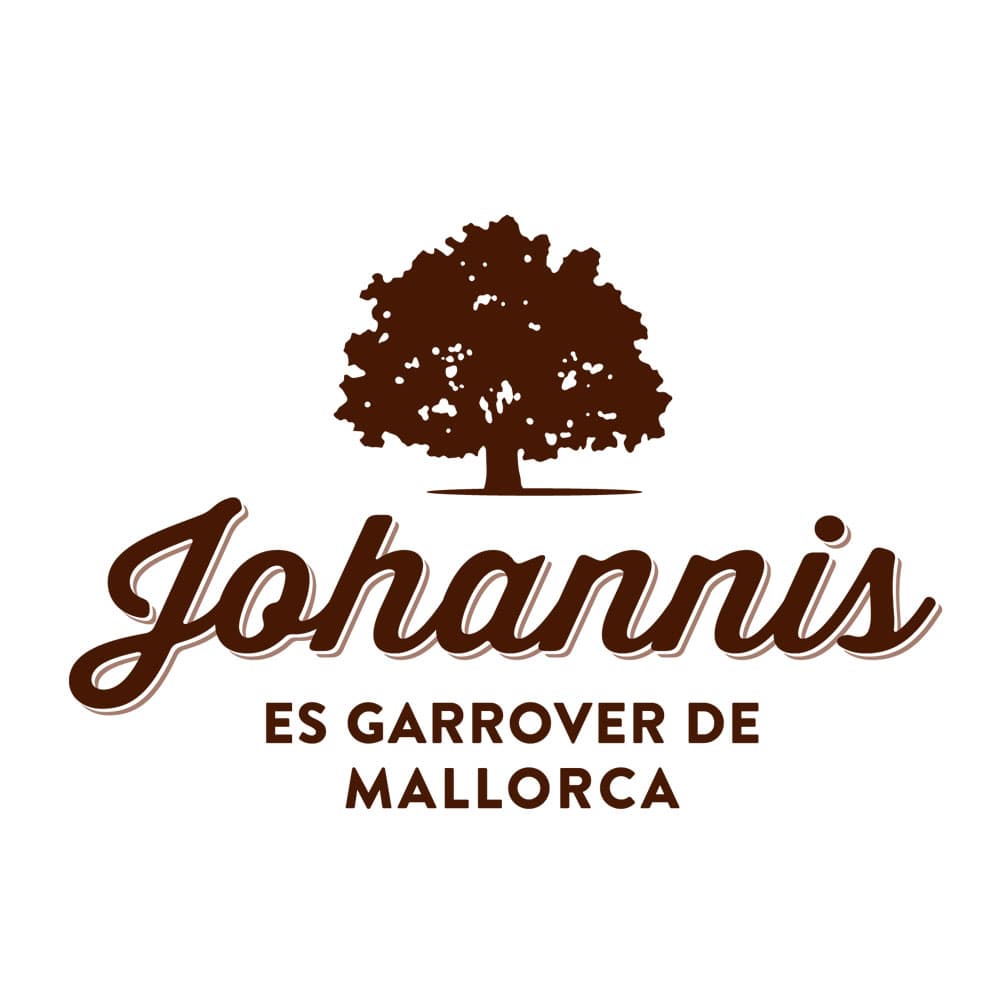
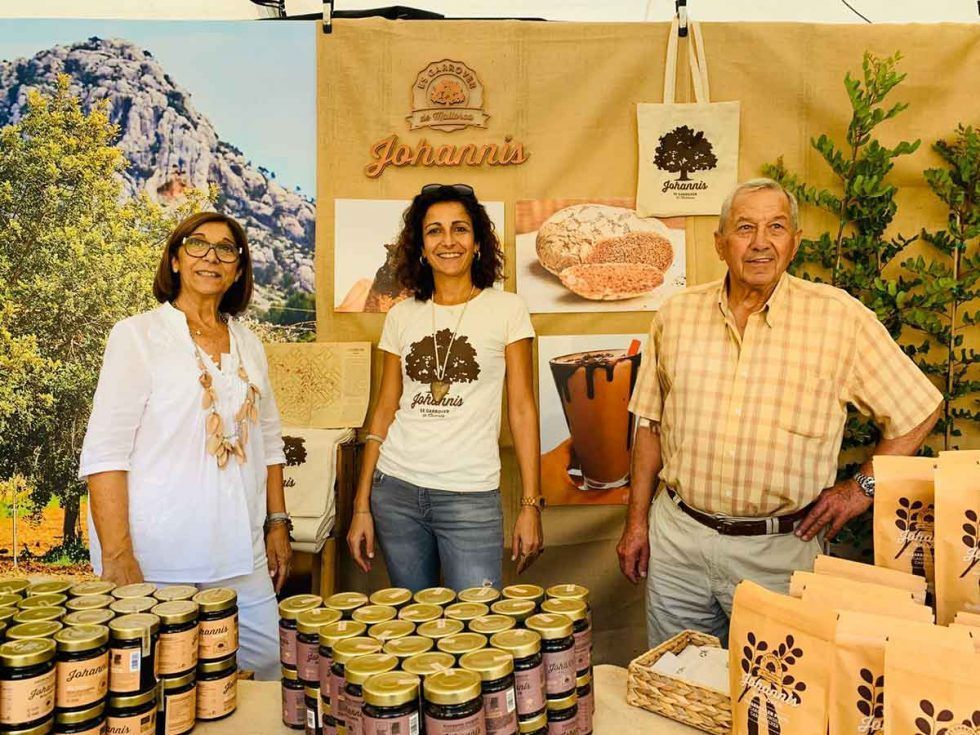
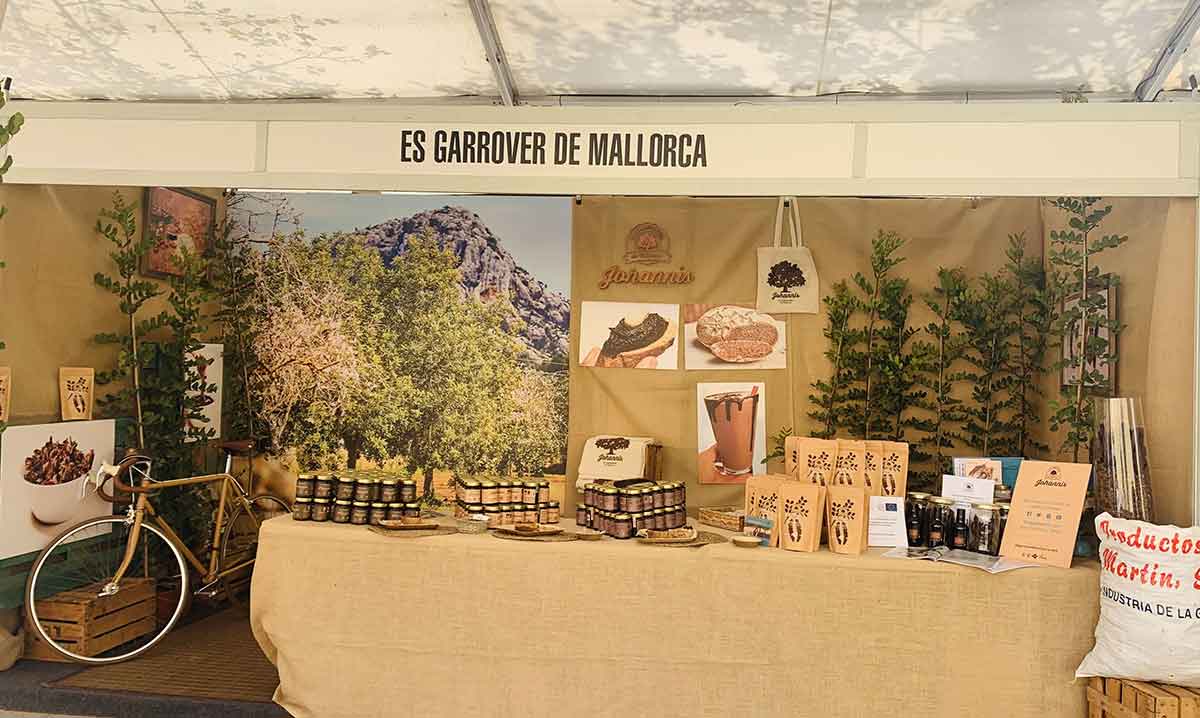
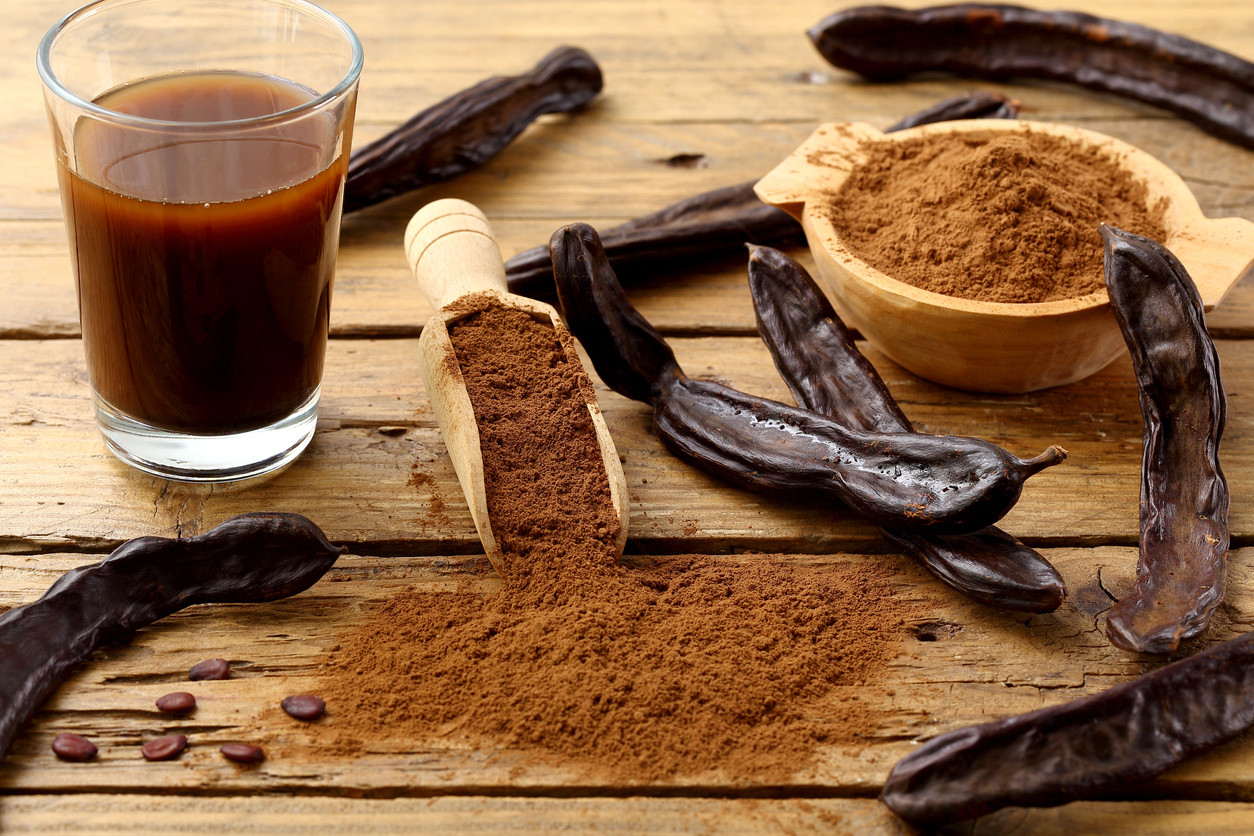
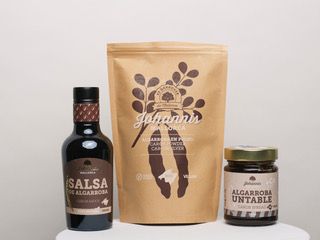
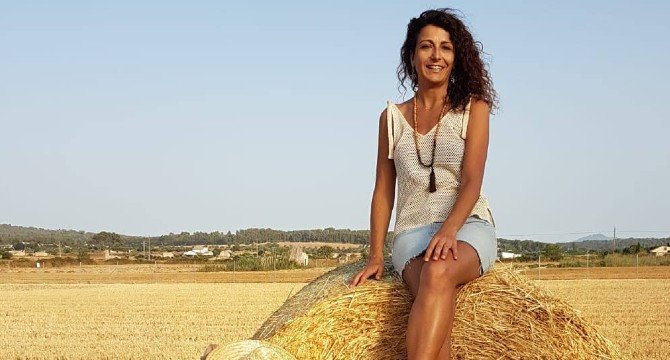
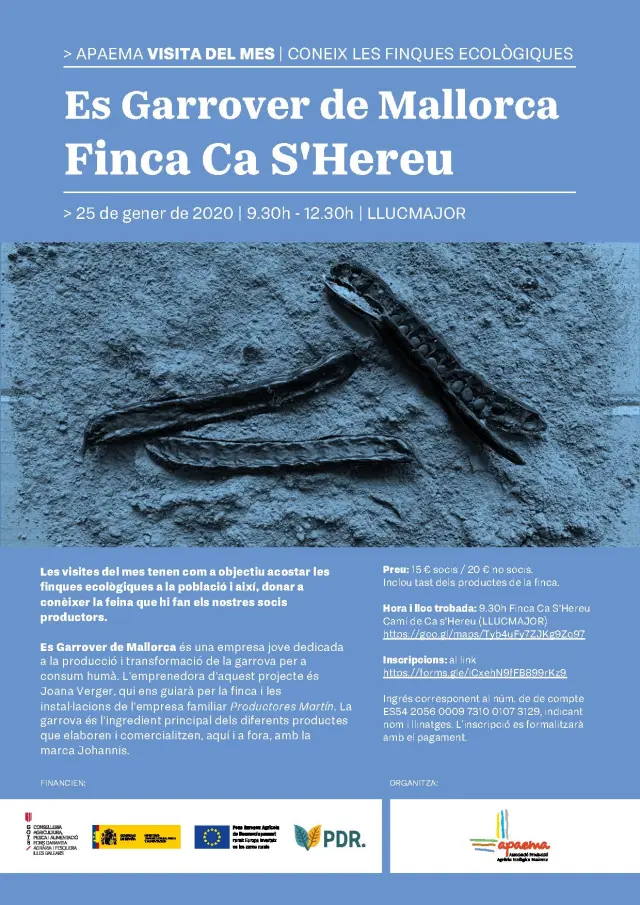
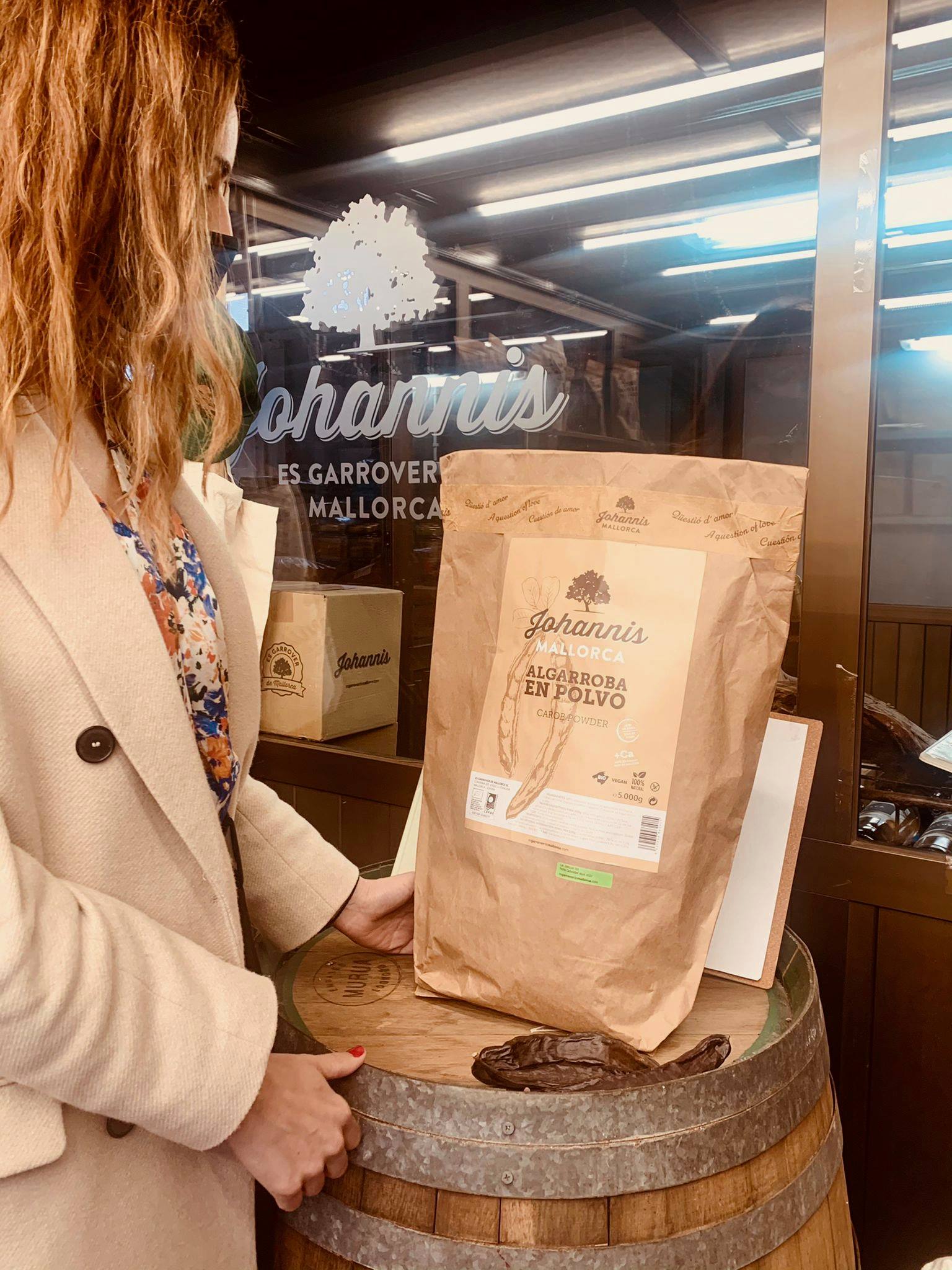
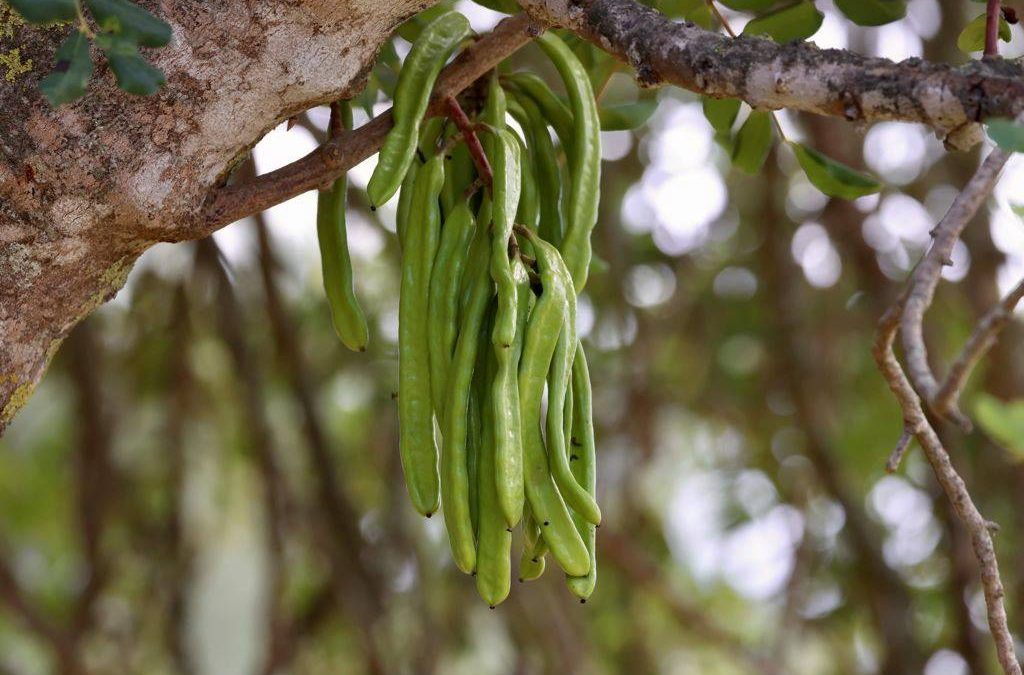
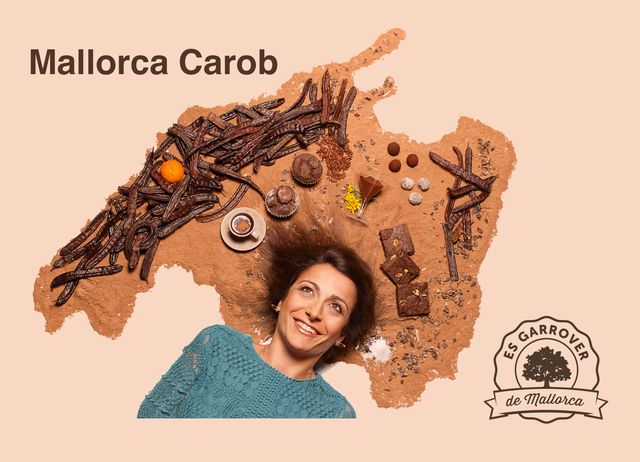
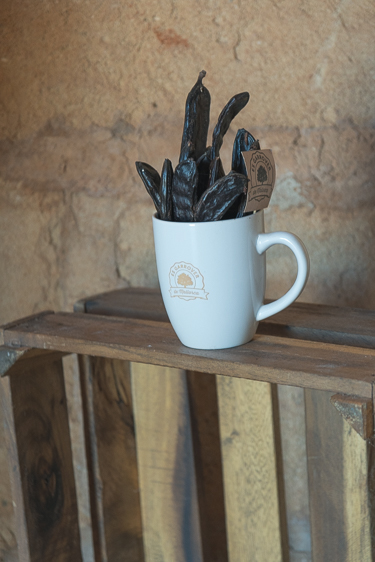
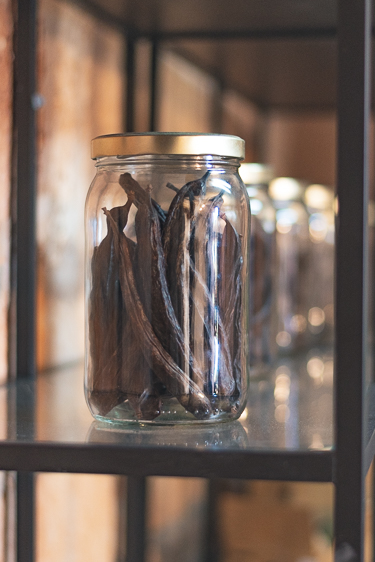
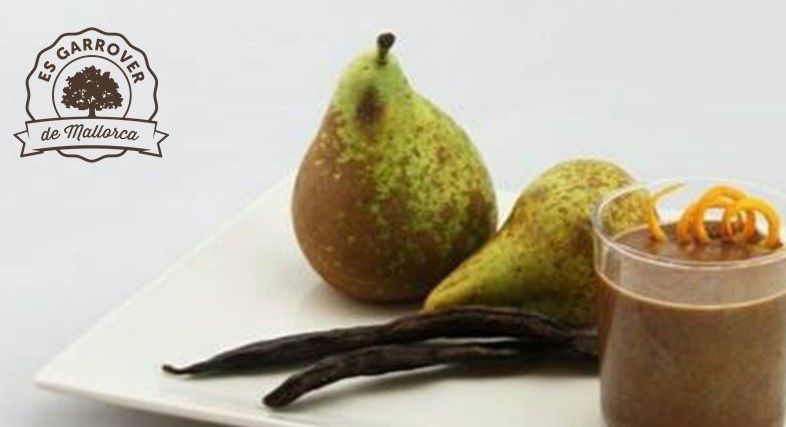
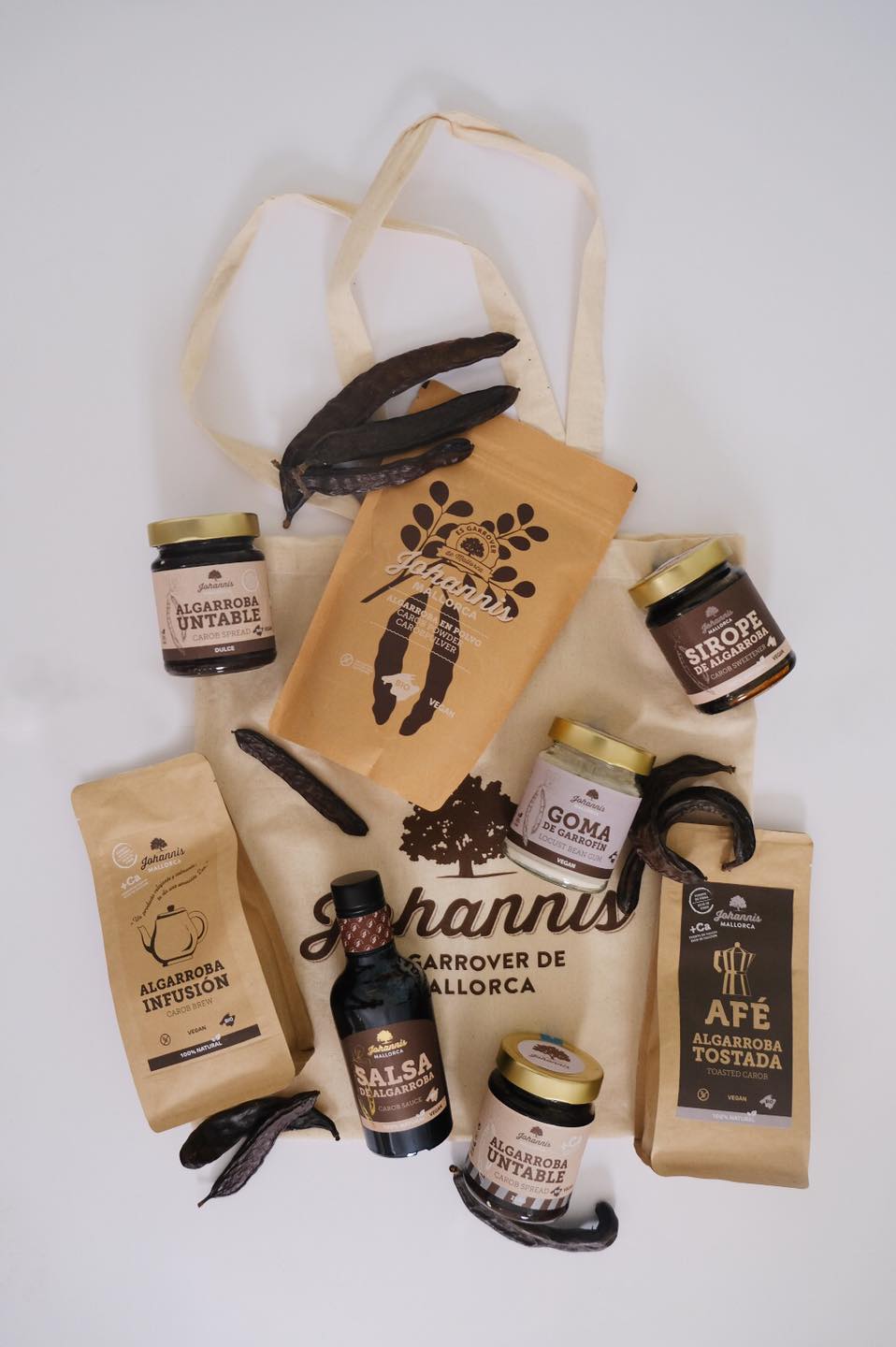
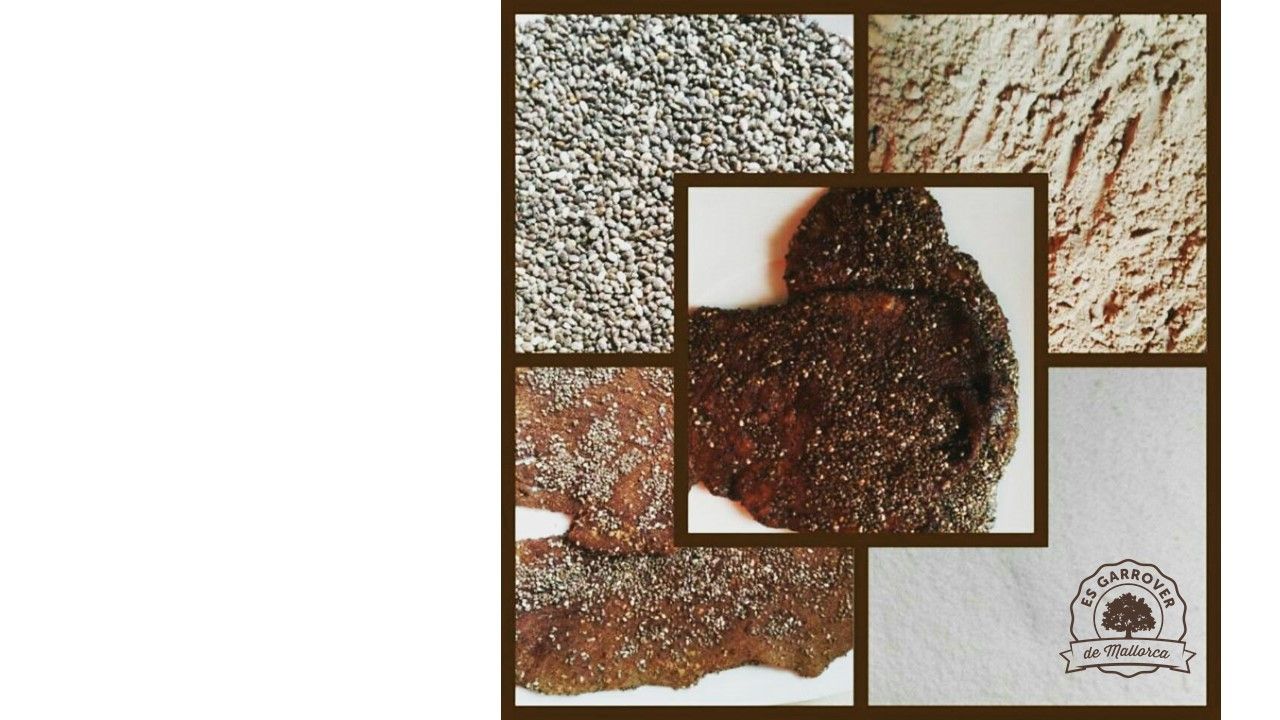
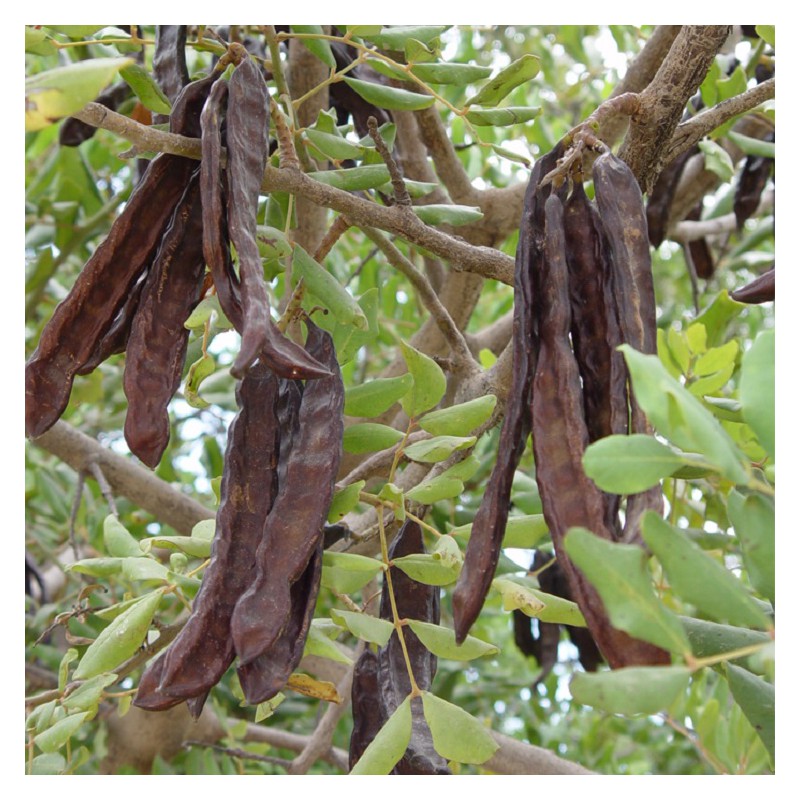
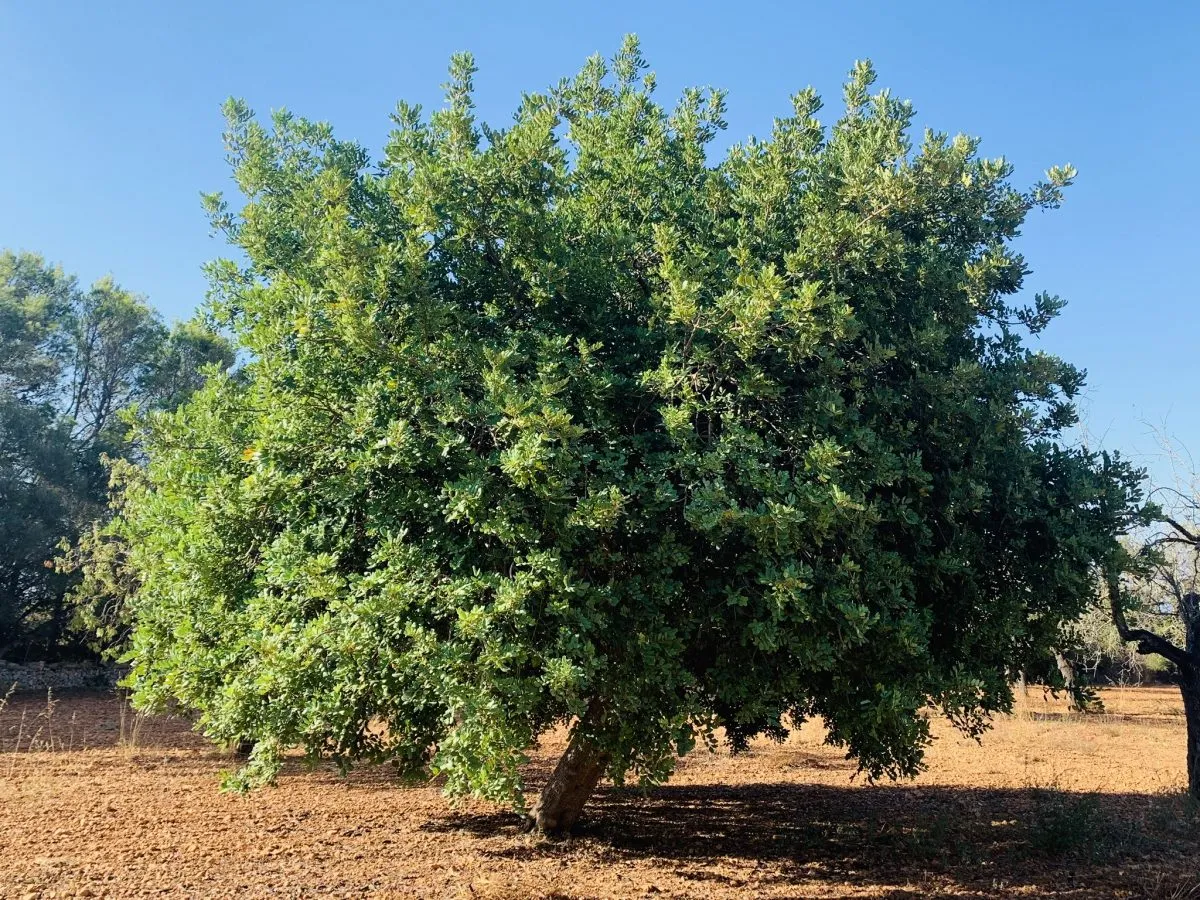
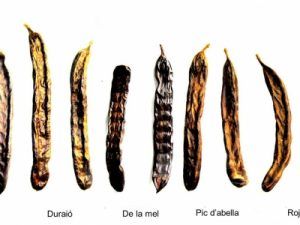
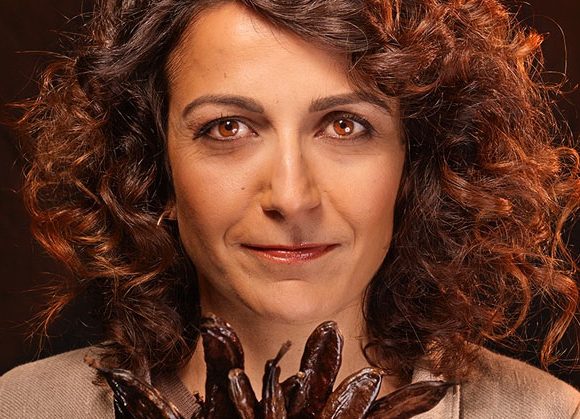
.jpg)